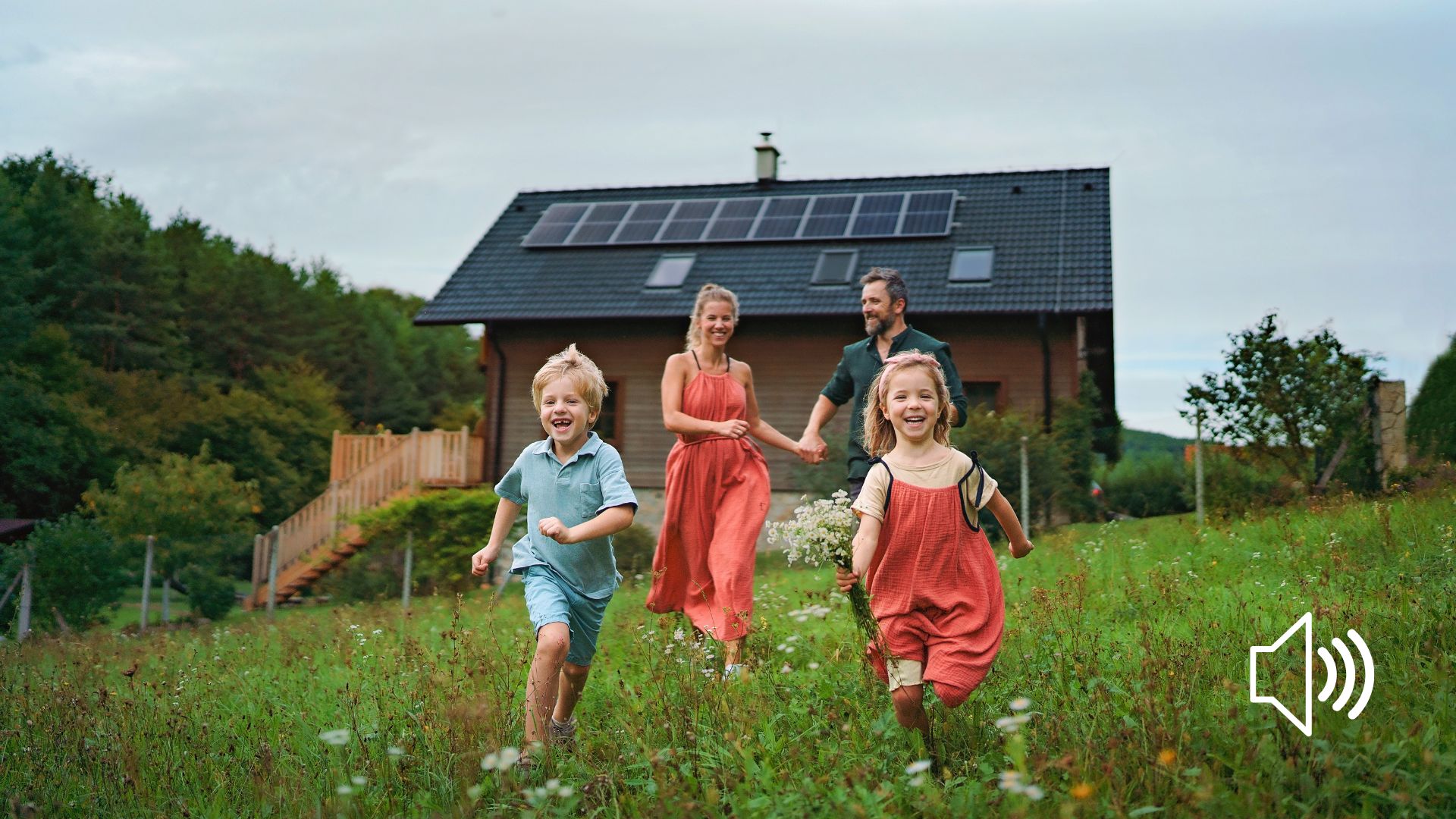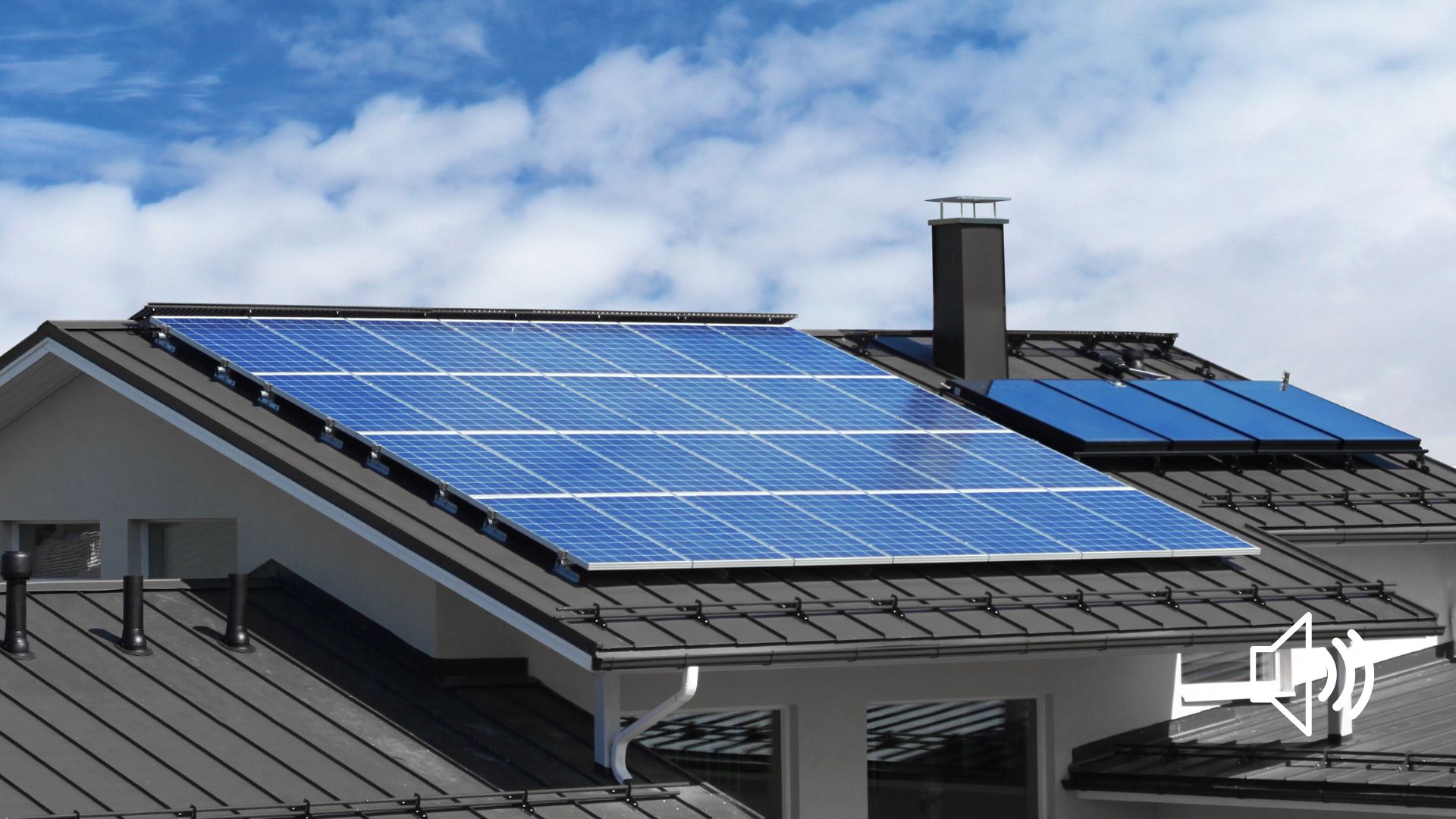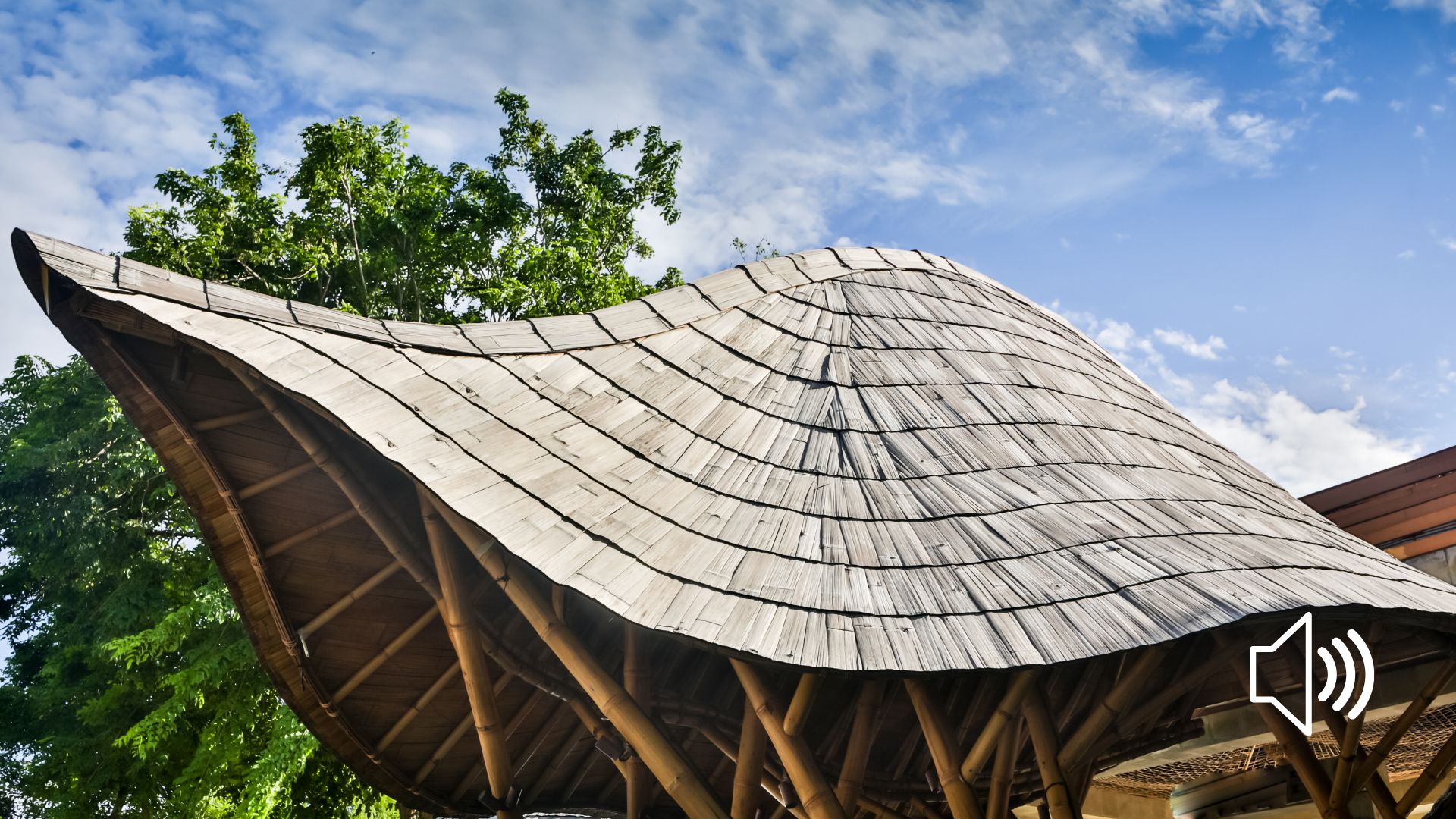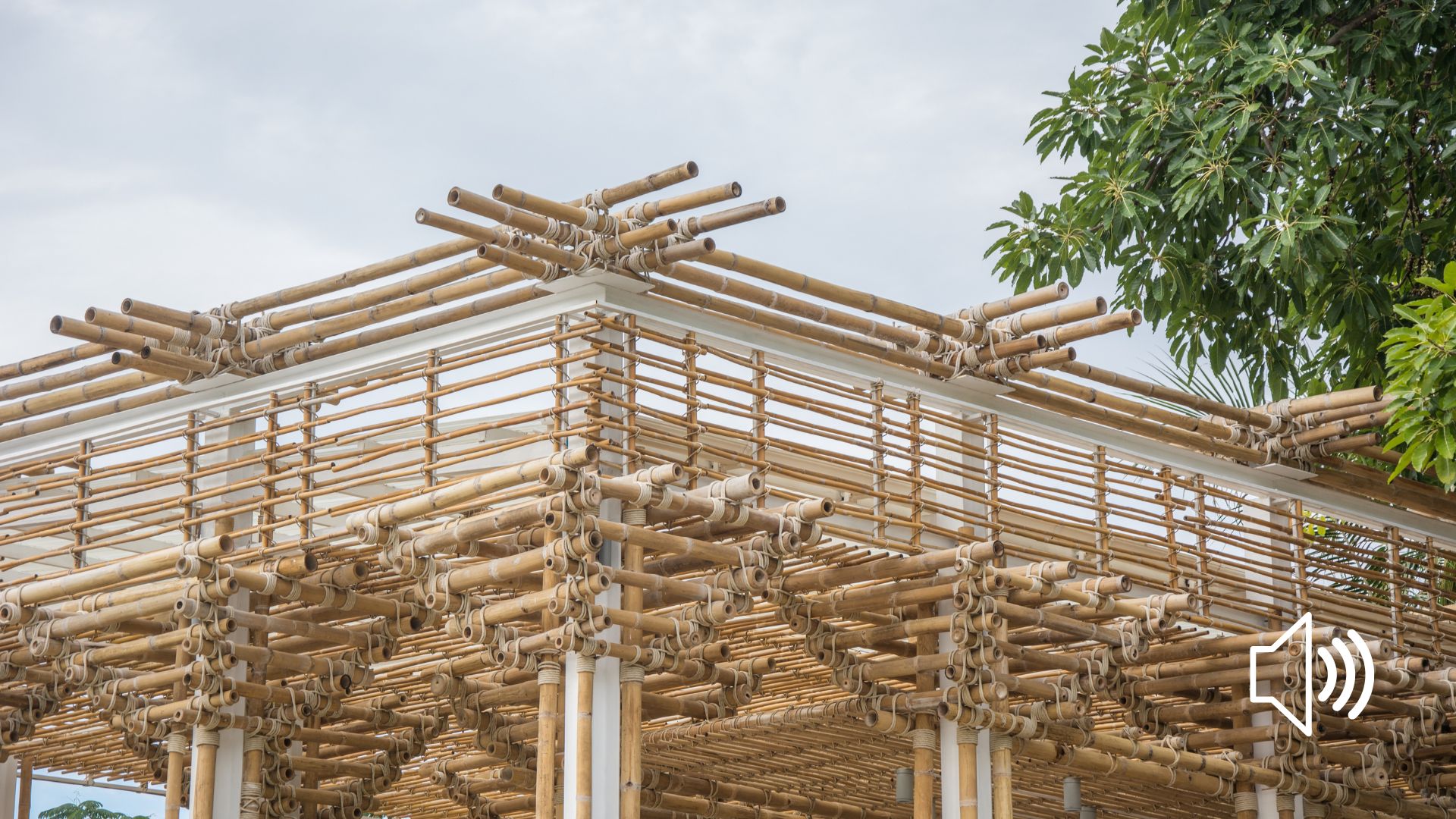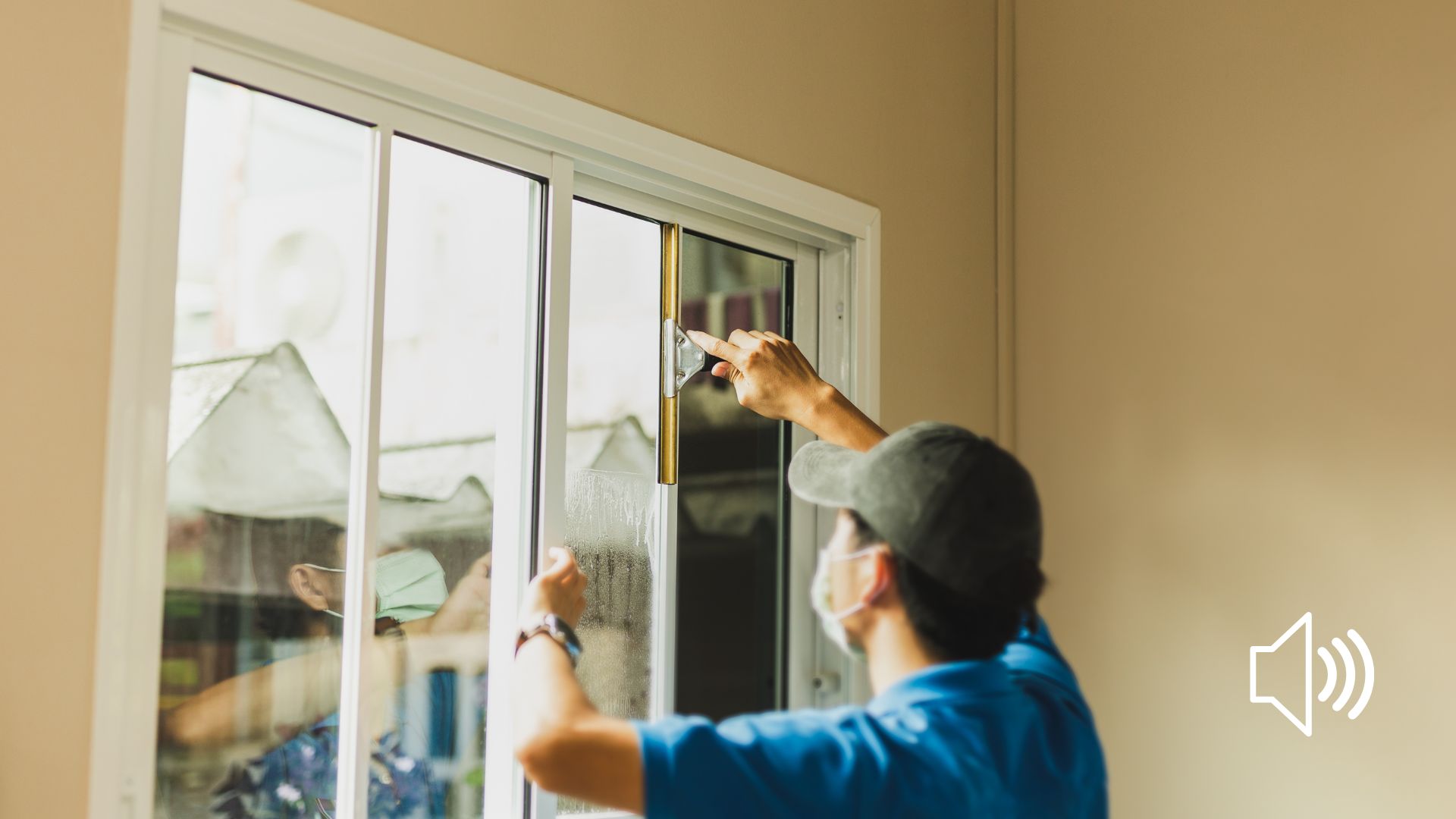Have you ever wanted to design green buildings but weren’t sure where to start? Maybe you know they need to be energy-efficient, but what does that involve? And are green roofs or solar panels always a must?
While architects can solve many design-related challenges, creating a truly green building takes more than adding a few eco-friendly features. It requires a holistic approach that integrates every aspect of design and construction.
What is Green Building Design?
Green building design isn’t just about aesthetics or function. It’s an integrated, systematic approach considering every phase of a building’s life—materials, energy use, and even demolition or recycling. While it may involve a lot of calculations and planning, learning the process deepens one’s knowledge and elevates one’s work as an architect.
Mastering green building design will improve your buildings and contribute to a more sustainable future. Let’s break down this process into actionable steps, following the natural design progression.
Why Design Green Buildings?
Every green building is unique and tailored to its location, climate, and purpose. It’s not about applying every green principle to a single project but finding the optimal strategies for each situation. Here are the core goals of green building design:
- Life Cycle Assessment: Considering environmental impacts from material production to demolition or recycling.
- Siting and Design Efficiency: Optimizing location, orientation, size, and structure.
- Energy Efficiency: Reducing energy consumption through smart design.
- Water Efficiency: Conserving and reusing water resources.
- Material Efficiency: Using materials with minimal environmental impact.
- Waste Reduction: Minimizing waste during construction and operation.
- Indoor Environmental Quality: Ensuring clean air, proper lighting, and comfortable thermal conditions.
These goals provide a foundation for making smart decisions at every step of the design process.
Step-by-Step Guide to Green Building Design
Step 1: Site Assessment
The foundation of green building design starts with understanding the site. Key areas of focus include:
- Topography: Map contours, analyze slopes, and identify unique features.
- Climate Data: Study solar paths, wind patterns, humidity, and seasonal changes.
- Hydrology: Assess flood risks, wetlands, and rainwater reuse opportunities.
- Vegetation: Protect native species and manage invasive ones.
- Soil: Preserve prime farmland and healthy soils for agriculture.
- Human Use: Consider views, transportation access, and existing recyclable materials.
A thorough site analysis helps you align your design with the natural environment, maximizing its potential while minimizing disruptions.
Step 2: Maintaining and Gaining Heat
The building envelope (walls, roofs, and windows) controls heat flow. Here’s what to focus on:
- Thermal Zoning: Position high-usage, heat-sensitive areas (e.g., living rooms) on the south side and low-usage spaces (e.g., storage) on the north.
- Insulation: Use materials with a low U-value to minimize heat loss.
- Passive Solar Design: Orient large windows southward to capture sunlight and add roof overhangs to block summer heat.
- Transparent Components: Use high-quality glass to manage heat transfer efficiently.
Step 3: Avoiding Overheating
Prevent overheating by incorporating:
- Shading Devices: Blinds, louvers, or green roofs.
- Ventilation: Promote natural airflow through strategic window placement and building orientation.
Step 4: Decentralized Ventilation
Good air quality is essential in green buildings. While airtight construction improves energy efficiency, proper ventilation is crucial to balance this. To regulate airflow, opt for a mix of natural and mechanical systems.
Step 5: Using Daylight
Natural light enhances interior comfort and reduces reliance on artificial lighting. Design your building’s orientation and openings to maximize sunlight while avoiding glare and heat buildup.
Step 6: Gaining and Distributing Heat
For heating, start with a well-insulated building envelope—supplementation with passive solar panels or active systems like heat pumps.
Step 7: Cooling and Heat Dissipation
Cooling is becoming increasingly important as global temperatures rise. Use natural cooling strategies such as shading, ventilation, and reflective materials to optimize your design.
Step 8: Optimizing Mechanical Ventilation
Mechanical systems complement natural ventilation by ensuring consistent airflow, especially in larger buildings. They also help maintain indoor air quality by removing pollutants and excess moisture.
Step 9: Optimizing Artificial Lighting
Efficient lighting systems reduce energy consumption and improve interior ambiance. To further reduce energy consumption, use LED lighting and integrate smart controls.
Step 10: Generating Electricity
Solar panels or photovoltaic (PV) cells can make your building energy-independent. Install these on roofs or façades to convert sunlight into electricity effectively.
Step 11: Reducing and Reusing Water
Water conservation strategies include:
- Rainwater harvesting systems.
- Greywater recycling for irrigation or flushing.
- Installing low-flow fixtures and appliances.
Step 12: Sustainable Materials
Choose materials that are local, recycled, or renewable, and reduce environmental impact by:
- Using fewer materials per function.
- Selecting alternatives with lower carbon footprints.
- Opting for products that are CO2-neutral.
Conclusion
Designing green buildings is challenging but deeply rewarding. Adopting these principles’ll enhance your projects and contribute to a healthier planet. Remember, each small step adds up to significant change.
If you’re ready to advance your green building design skills, continue exploring, learning, and applying these strategies. We can create a sustainable future, one building at a time.

